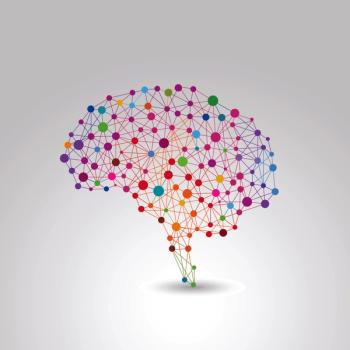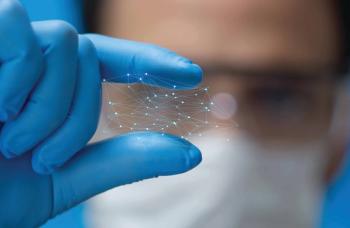
Imagine working with a young patient showing signs of psychosis for the past 6 weeks. Your initial assessment appears to rule out medical- or substance-induced etiologies, yet symptoms persist. What's a psychiatrist to do?

Imagine working with a young patient showing signs of psychosis for the past 6 weeks. Your initial assessment appears to rule out medical- or substance-induced etiologies, yet symptoms persist. What's a psychiatrist to do?

When concern for a patient is not so severe that a clinician feels compelled to call the police, there are options.

As a discipline, emergency psychiatry has widened its role, especially following the enormous mental health fallout from the pandemic and the shift of police and first-responder interventions.

Although clinicians and patients may wish otherwise, the comorbidity of ADHD and bipolar disorder needs to be considered.

Selfhood: a complex and continuously evolving identity that is anchored in the patient's history and dependent on language and memory. But there is so much more.

Does the typical malpractice insurance policy cover COVID-related claims? That question and more answered.

With opioid use disorder, a tiny fraction of young patients are getting treatment, which would not be acceptable for any other medical condition.

Nearly half of the prescriptions for benzodiazepine among older adults are potentially inappropriate, so how best to do no harm?

Unemployment is associated with an array of social and psychological complexities, directly affecting patients' self-esteem and perceptions of self-worth. When a patient loses their job, the psychiatrist has 4 tasks.

A faceless full moon glowing through a cloud, contorted like the tree . . .

Preliminary studies suggest that adjuvant treatment with a statin may be beneficial for patients who are also prescribed psychotropic drugs for depression and schizophrenia.

When we finally open a trap door to explain or further understand a hypothesis, the answer often includes a house full of hallways.

This CME article briefly outlines the role that microglia play in neuropsychiatric disorders.

The pandemic has triggered an array of emotional, physical, and economic issues but in the midst of this crisis, nations have shared and learned from each other’s experiences.

There is much to look forward to in the realm of improved treatments for patients with psychiatric illness.

As we close the door to the past, the promise of tomorrow is yet to come.